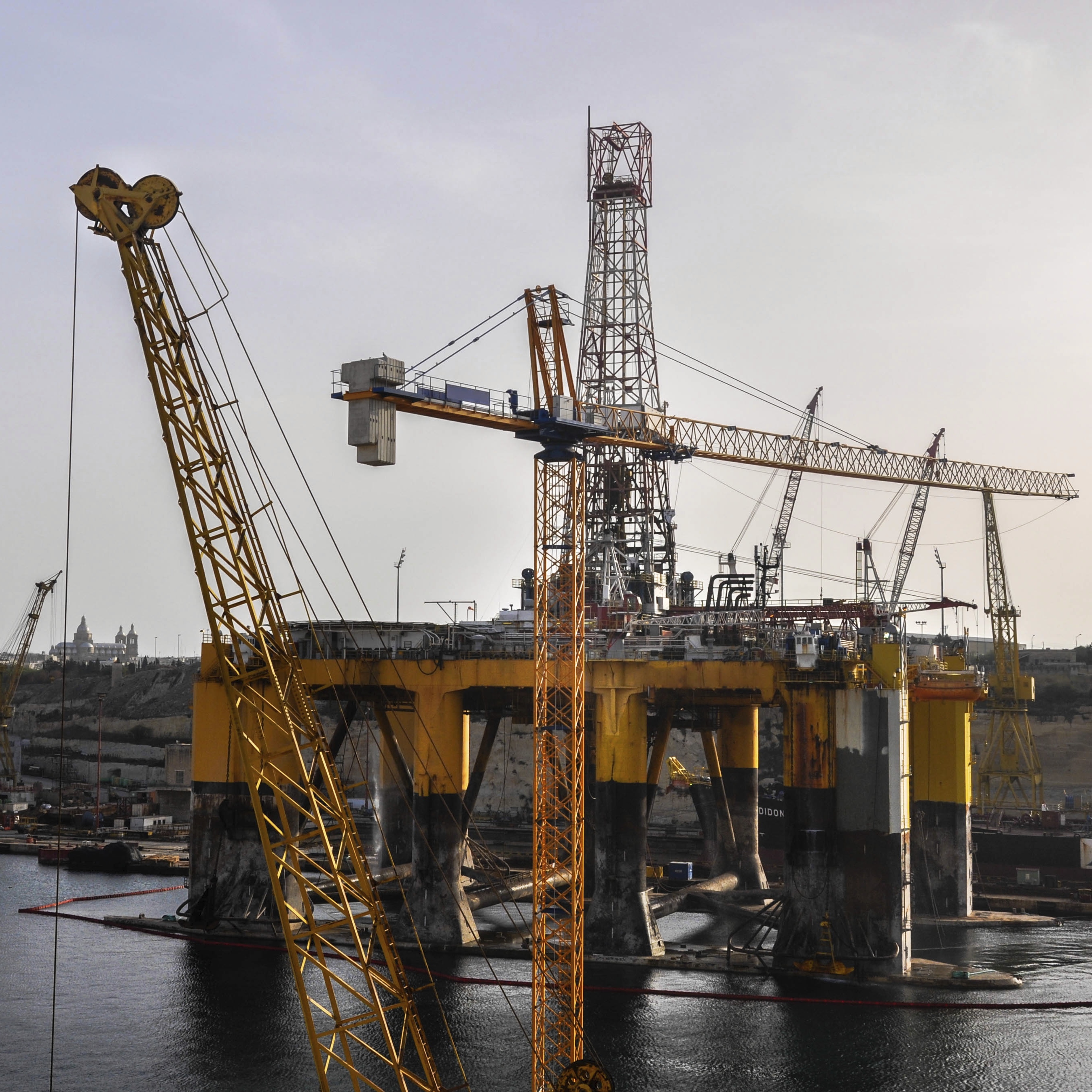Energy
EIA Forecast Sees Higher Pump Prices Ahead, Slightly More US Crude Production

Published:
Last Updated:

The U.S. Energy Information Administration (EIA) on Tuesday released the latest update to its Short Term Energy Outlook (STEO). By the end of 2016, the EIA is forecasting an average U.S. pump price of $2.10 a gallon, down five cents from last month’s forecast. The 2016 annual average is now forecast at $2.14 a gallon, up a penny from last month’s forecast. The agency’s forecast for 2017 now calls for an average pump price of $2.30 per gallon, up three cents per gallon since last month.
Crude oil production estimates call for an average of 8.86 million barrels a day in 2016 and 8.78 million barrels a day in 2017. Compared with last month’s estimates, 2016 production is now forecast higher by 20,000 barrels a day and 2017 production is forecast 50,000 barrels a day higher.
U.S. crude oil production is forecast to drop by 5.7% in 2016 compared with 2015 and to drop another 0.9% year over year in 2017. Both estimates have been reduced since the November STEO, when 2016 production was forecast to fall by 6.1% this year and an additional 1.3% next year.
The EIA now forecasts a 2016 average price of $43.46 a barrel for Brent and $43.07 for West Texas Intermediate (WTI) crude oil. The Brent average has risen by 16 cents per barrel since last month’s report, and the WTI average is up 23 cents a barrel. For 2017 the price is now expected to rise to $51.66 a barrel for Brent and $50.66 for WTI.
Regarding oil markets and last week’s OPEC announcement to cut production the EIA said:
The extent to which the announced plans will be carried out and actually reduce supply below levels that would have occurred in their absence remains uncertain. If the agreement contributes to prices rising above $50/b in the coming months, it could encourage a return to supply growth in U.S. tight oil more quickly than currently expected. Crude oil prices near $50/b have led to increased investment by some U.S. production companies, particularly in the Permian Basin. A price recovery above $50/b could contribute to supply growth in other U.S. tight oil regions and in other non-OPEC producing countries that do not participate in the OPEC-led supply reductions.
Continuing global supply growth in 2017 may postpone significant global inventory withdrawals until 2018, with the first half of 2017 showing inventory builds averaging 0.8 million b/d in our current forecast. Global inventory builds are forecast to average 0.4 million b/d for all of 2017. Despite new oil production coming online when oil inventories are at high levels globally, global economic data have been more positive than previous expectations, and increases in oil demand growth could help to support prices in the coming quarters.
WTI for January delivery traded down about 2% around $50.75, after touching a high of $51.60 Tuesday morning. Brent for February delivery traded down about 1.9% at $53.90, after posting an intra-day high of $54.94. Oil gained about 12% last week and added a bit to that total on Monday before some profit taking Tuesday.
The average American spends $17,274 on debit cards a year, and it’s a HUGE mistake. First, debit cards don’t have the same fraud protections as credit cards. Once your money is gone, it’s gone. But more importantly you can actually get something back from this spending every time you swipe.
Issuers are handing out wild bonuses right now. With some you can earn up to 5% back on every purchase. That’s like getting a 5% discount on everything you buy!
Our top pick is kind of hard to imagine. Not only does it pay up to 5% back, it also includes a $200 cash back reward in the first six months, a 0% intro APR, and…. $0 annual fee. It’s quite literally free money for any one that uses a card regularly. Click here to learn more!
Flywheel Publishing has partnered with CardRatings to provide coverage of credit card products. Flywheel Publishing and CardRatings may receive a commission from card issuers.
Thank you for reading! Have some feedback for us?
Contact the 24/7 Wall St. editorial team.